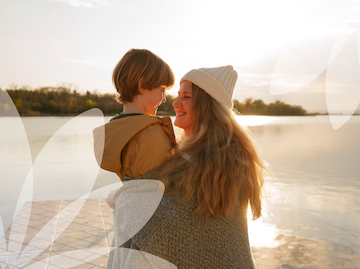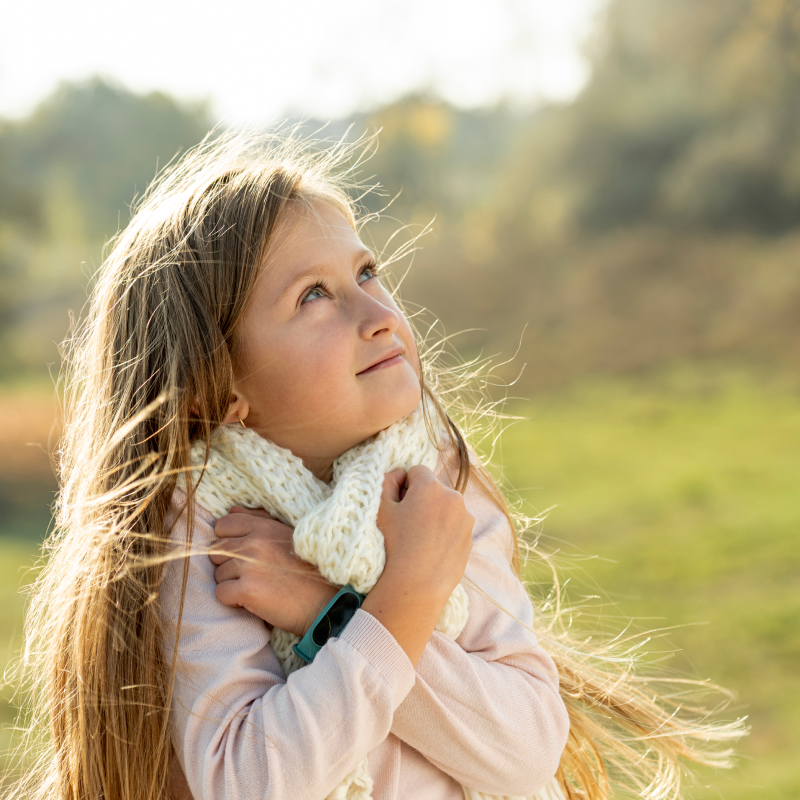
Mindful Kids, Happy Hearts: A BeanemoGuide for Parents and Educators
Written by Sophie Ryan
25 January, 2025
In today's fast-paced world, children face an unprecedented amount of stimulation and pressure. From academic expectations to social media influence, young minds are constantly processing information and emotions. This is where mindfulness comes in – a powerful tool that can help children navigate their busy world with greater calm and awareness.
The Growing Need for Mindful Moments
Mindfulness isn't just a buzzword; it's a vital life skill that can shape how children respond to challenges. When children learn to pause and connect with their present experience, they develop an internal compass that helps them navigate difficult emotions and overwhelming situations. Research indicates that mindful children demonstrate improved focus in school, better emotional regulation, and stronger relationships with peers and family members.

Making Mindfulness Child-Friendly
The key to teaching mindfulness to children lies in making it playful and accessible. Rather than expecting young ones to sit in prolonged meditation, we can introduce mindfulness through engaging activities that naturally capture their interest. Here are some creative approaches:

The Sensory Adventure
Transform mindfulness into an exciting exploration of the senses. Create a "mindfulness treasure hunt" where children discover different sensory experiences:
- Turn tasting their favorite snack into a moment of discovery by asking them to describe every flavor and texture
- Practice "rainbow breathing" where they imagine breathing in their favorite color and watching it fill their body
- Play the "super-listener" game where they close their eyes and identify different sounds in their environment

Emotional Weather Report
Help children understand their emotions by comparing them to weather patterns. Just as the weather changes throughout the day, feelings come and go. This helps children recognise that difficult emotions, like storm clouds, will eventually pass.

Movement Mindfulness
Incorporate mindful movement through activities like:
- "Balloon breathing" where children imagine inflating and deflating a balloon with their breath
- "Tree pose" where they practice balance while imagining their feet growing roots into the ground
- "Butterfly wings" where they focus on moving their arms slowly and gracefully

Creating a Mindful Home Environment
Parents can support their child's mindfulness journey by:
- Establishing a daily "quiet time" routine
- Creating a peaceful corner where children can go to center themselves
- Modeling mindful behavior by practicing together
- Celebrating moments of mindful awareness
Remember, mindfulness isn't about achieving perfect calm or silence. It's about helping children develop a friendly relationship with their thoughts and feelings. When we teach children mindfulness, we're giving them a gift that will serve them throughout their lives the ability to meet life's challenges with presence, patience, and peace.
By making mindfulness accessible and enjoyable for children, we help them develop essential skills for emotional well-being and resilience. In a world that often moves too fast, teaching our children to pause, breathe, and connect with the present moment might be one of the most valuable lessons we can offer.
At Beanemo, we believe that nurturing emotional intelligence and mindfulness in children creates a foundation for lifelong well-being. By incorporating these mindfulness practices into your daily routine, you're helping shape more resilient, emotionally aware, and centered children who are better equipped to handle life's challenges.